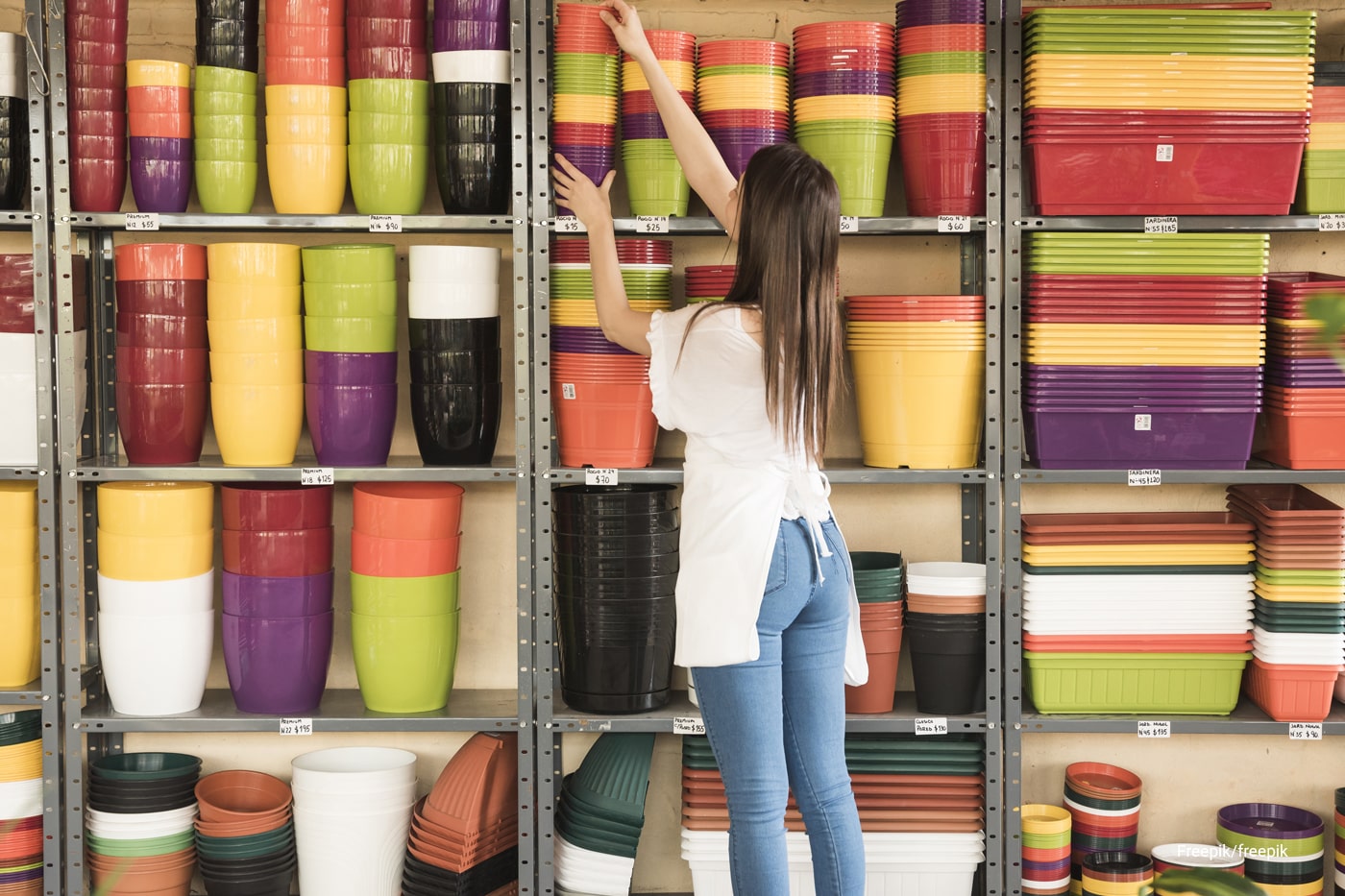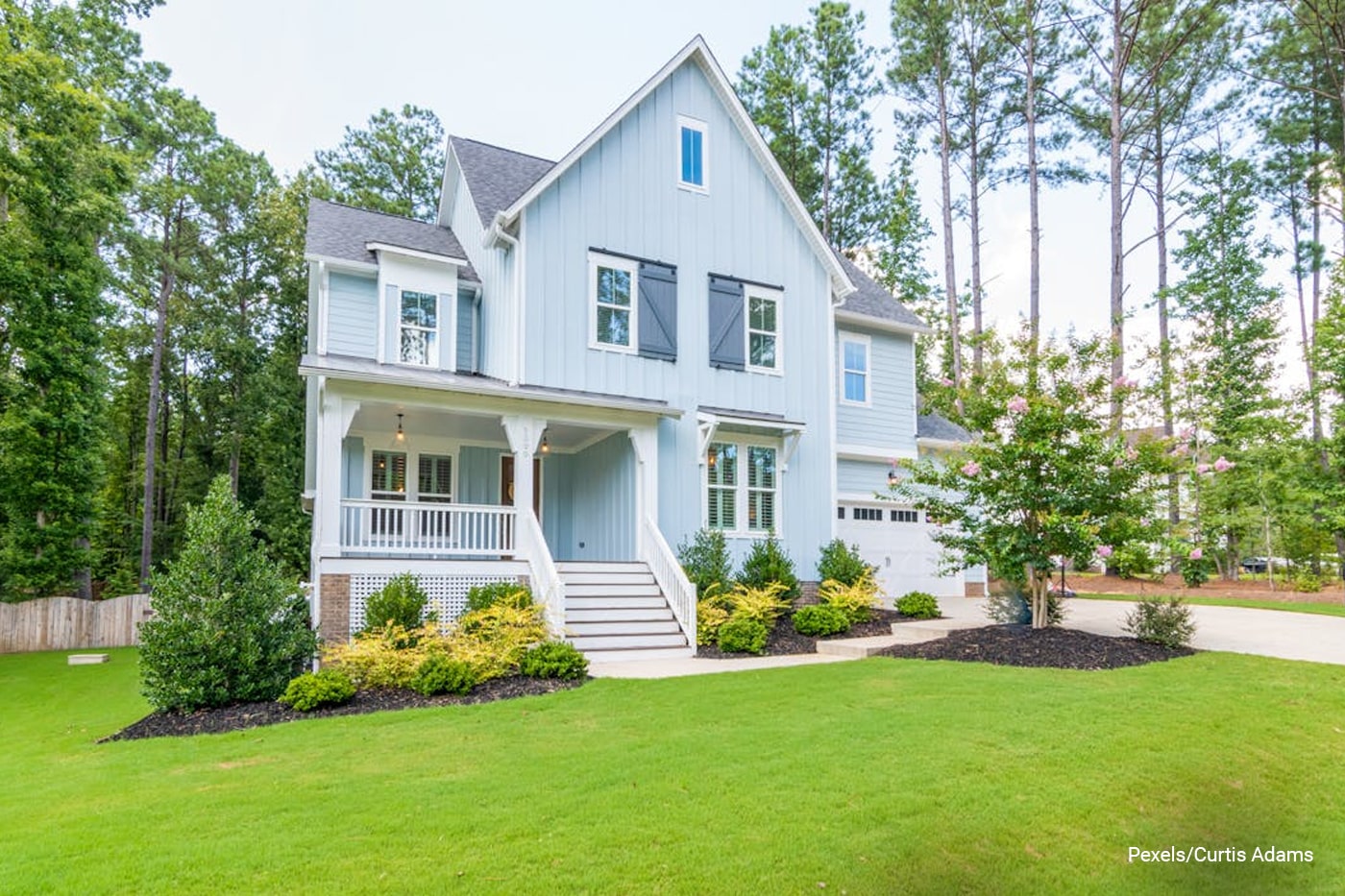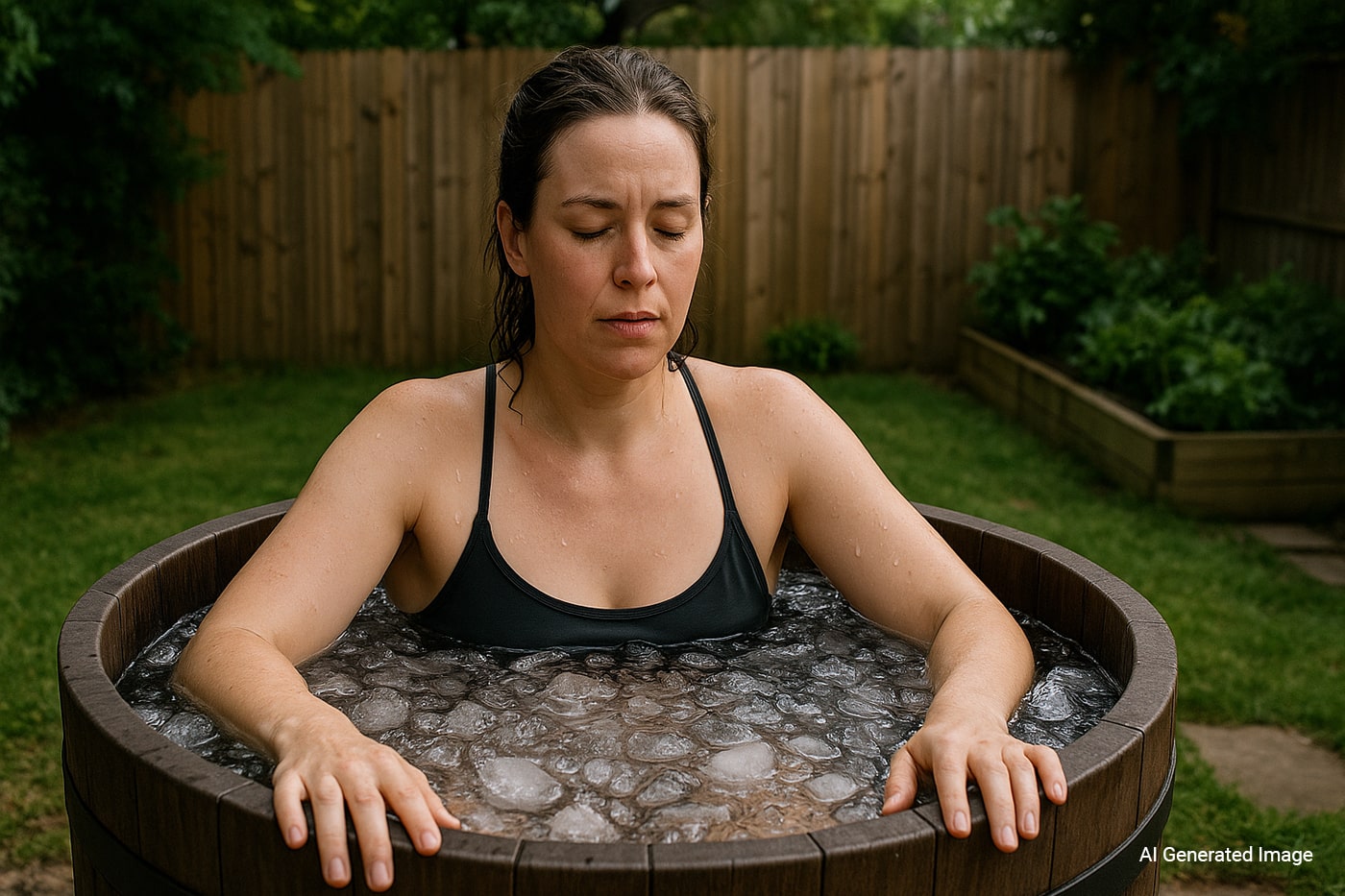If you’re dreaming of a lush, low-maintenance garden that’s kind to your back and great for the planet, the no-dig gardening method might be just what you need. Popularized by gardeners like Charles Dowding, the no-dig approach is all about building healthy soil from the top down—no tilling, no back-breaking work, and far fewer weeds.
Here’s a simple guide to help you start your own no-dig garden and enjoy the benefits of a thriving, naturally balanced ecosystem in your backyard.
Contents []
What Is No-Dig Gardening?

No-dig gardening is a method that mimics natural soil-building processes. Instead of turning over the soil, which can disrupt beneficial organisms and weed seeds, you build layers of organic material on top of the ground. These layers decompose over time, creating nutrient-rich, fluffy soil full of life.
Benefits of No-Dig Gardening
Healthier Soil: Preserves the natural structure and biology of the soil, encouraging worms, fungi, and microbes to thrive.
Fewer Weeds: Mulching with compost smothers existing weeds and prevents new ones from sprouting.
Less Work: Say goodbye to heavy digging and tilling.
Better Water Retention: Organic layers help soil hold moisture, reducing your watering needs.
Sustainable: Reduces soil erosion and improves carbon sequestration in the garden.
What You’ll Need
- Cardboard or newspaper (no glossy prints)
- Well-aged compost or organic mulch
- Optional: organic matter like leaves, grass clippings, or straw
- A hose or watering can
How to Start a No-Dig Garden

1. Choose a Site
Pick a sunny spot with decent drainage. No-dig gardening works on lawns, bare soil, or even concrete if you’re building raised beds.
2. Flatten and Smother
Mow or cut down any existing vegetation as low as possible. Then lay down a thick layer of cardboard or newspaper to smother weeds. Overlap the edges so weeds don’t sneak through.
3. Water Well
Thoroughly soak the cardboard/newspaper to keep it in place and begin the decomposition process.
4. Add Organic Layers
Spread 4–6 inches of compost or well-rotted manure on top. You can also alternate layers of green (like grass clippings) and brown (like dry leaves or straw) organic material for added richness.
5. Plant and Mulch
You can plant seeds or seedlings directly into the compost layer. Around them, add a layer of mulch (straw, bark chips, or more compost) to lock in moisture and suppress weeds.
Maintaining Your No-Dig Garden

Top Up Annually: Add a fresh 1 to 2-inch layer of compost or mulch each season to keep the soil nourished.
Weed Lightly: Some weeds may still appear, especially early on. Pull them gently without disturbing the soil.
Water as Needed: While no-dig gardens retain moisture better, new plantings may still need regular watering.
Embrace the Soil Life
One of the joys of no-dig gardening is watching your soil come alive. Earthworms, fungi, and microorganisms all play their part in breaking down organic matter and feeding your plants naturally. It’s a gentle, effective method that aligns beautifully with organic and regenerative gardening principles.
Final Thoughts
Starting a no-dig garden may feel unconventional at first, but it’s a rewarding and eco-friendly way to grow your own food or flowers. Not only does it cut down on physical labor, but it also leads to a healthier, more self-sustaining garden over time. Give it a try this season and see how nature does the heavy lifting for you.



